Folk remedies for onion flies
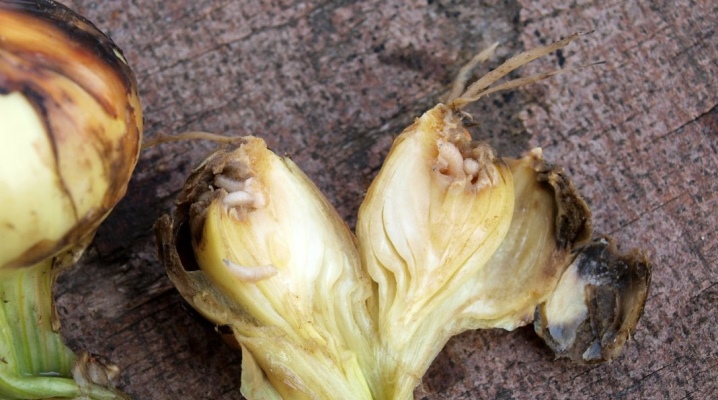
A solution of ammonia is a most productive drug in the fight against onion fly larvae. Its compositions with various degrees of concentration are more often used for irrigation, but sometimes spraying is also carried out. To improve the effectiveness of the product, ammonia alcohol is often mixed with other components. Such universal folk remedies are used not only against parasitic flies, but also as top dressing of the soil.
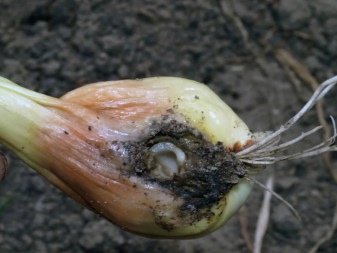
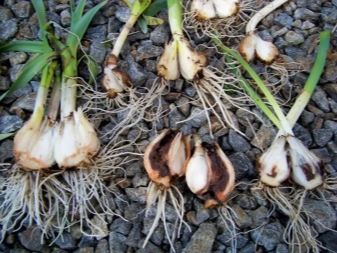
Fighting with ammonia
Outwardly, the onion fly looks similar to a common fly - an insect of yellowish-gray color and about 8 mm long. Its habitat is wide enough. The main danger of a fly for bulbous plants is its larvae, which it produces up to 50-60 pcs. for its life cycle. It leaves clutches in any irregularities and folds of bulbous surfaces, usually up to 10 light, oblong eggs, approximately 1 mm in size.
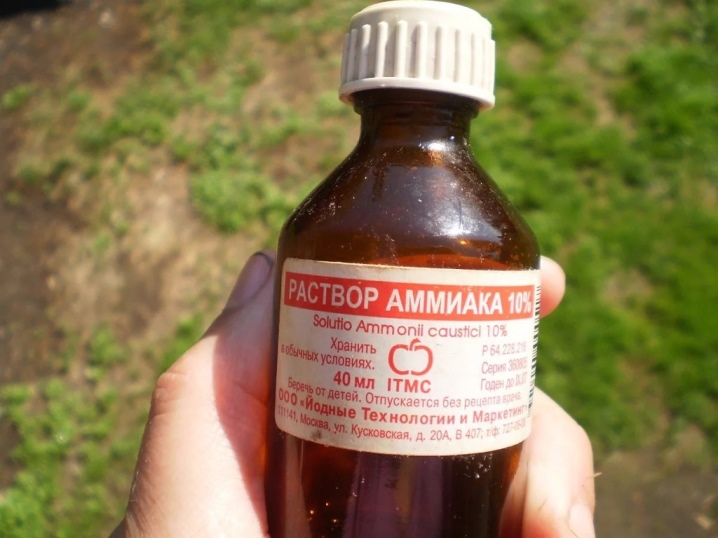
In addition to the traditional onion, fly larvae also infect bulbs and other plants (leek, batun, daffodil, tulip).
The pest should be fought actively, without delay - the fly larvae hatch quickly, in the first week after laying, soon reaching a size of about 1 cm. The entire larval group eats up the soft part of the bulb relatively quickly, forming a kind of burrow. The larvae live for about 3 weeks, and then move to the ground, where they pupate and a new generation of flies is born. The whole process is cyclical, and the fly can harm the plantings for the whole season, starting in April. The fly spends winter in the ground, at a depth of about 20 cm in the form of pupae.
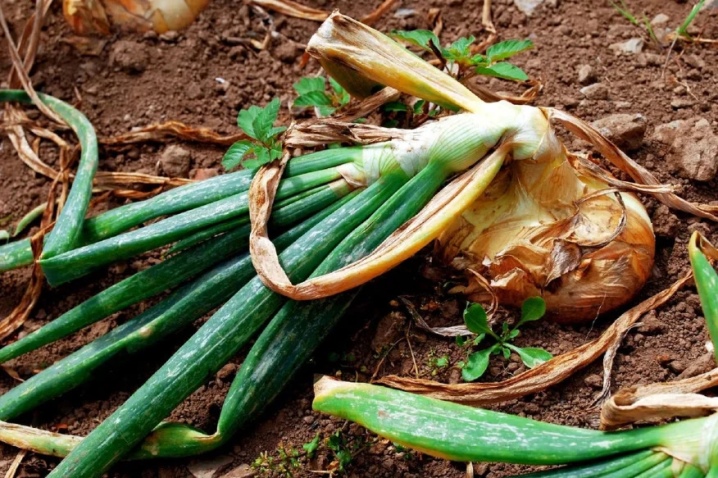
Speaking about the signs of damage to bulbous plants by flies, we note the most obvious. Having found them, you should definitely start pest control:
- the presence of a general wilting of bulbous feathers with adequate watering;
- revealing the whitening of the ends of the feather, which is replaced by its gradual yellowing and death;
- the appearance of an obvious smell of rot in the garden.
If you find these signs, you need to pull out a couple of bushes from the garden and carefully study them. Maggot-like larvae will be easy to spot.
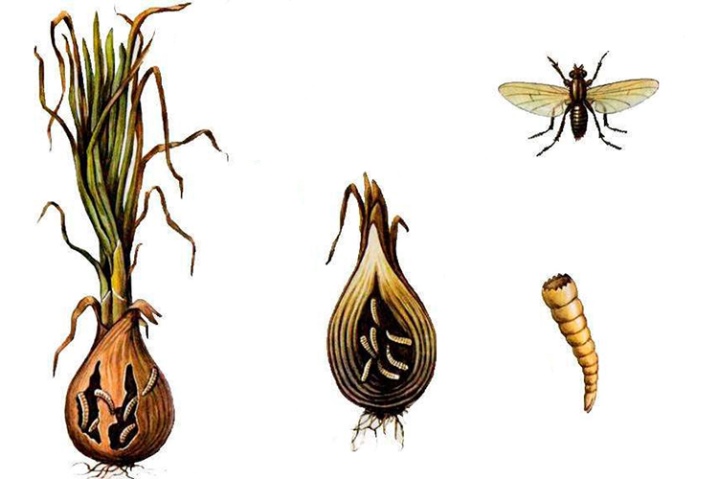
Experts recommend starting the fight against the larvae using ammonia, which is considered one of the most productive means for the destruction of fly larvae. For the fight, solutions of various concentrations and compositions are prepared, including ammonia.
By itself, this remedy is diluted ammonia used for medicinal purposes (can be purchased at pharmacies). With its sharp and unpleasant odor, it scares away pests, forcing the larvae to leave the territories previously occupied by them. Being absorbed into the soil after watering, such a solution creates a fragrant cloud of odors, which, frightening off flies, prevents them from laying eggs.
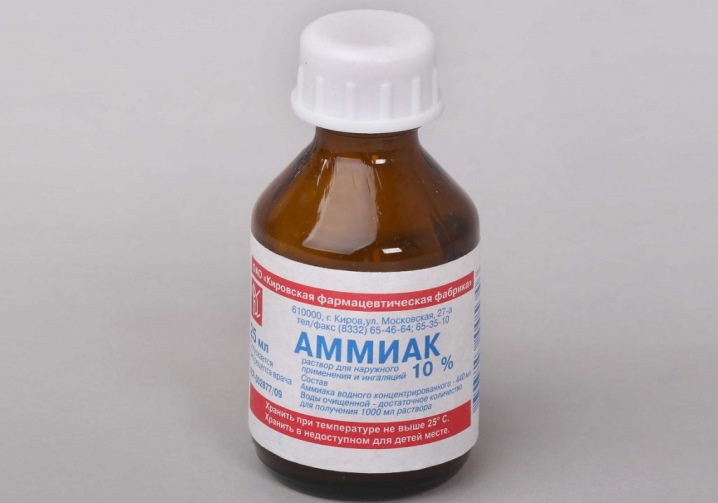
The productivity of using ammonia solutions is considered high, but not without drawbacks. Ammonia is used to fertilize soils where there is a lack of nitrogen. Its compositions accelerate the development of crops, improve the quality of the formation of root crops. But with its excessive amounts, the opposite effects can also appear - yellowing of feathers and their drying, cessation of the growth of bulbs and their death. Therefore, it is important to observe the accuracy in dosage and in the frequency of watering.
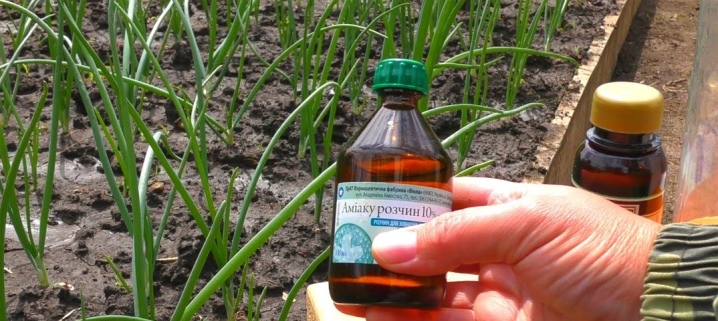
Usually, ammonia is diluted with cool water, stirred, and if necessary, other components are added to the solution.The resulting solutions should be used immediately after their preparation, since the ammonia will soon evaporate. There are no exact proportions for the preparation of solutions, since when preparing them, one should know the features of the state of the soil covers. A typical ratio is 10 ml of the product for 9-10 liters of cool water. Fluctuations in the concentration of solutions are acceptable.
- The classic saturated version of the active substance is 60 ml per 10 liters of water. The growth points of the bulbs are treated with this solution. Drops of the solution should not fall on the bulbous sprouts, this will cause burns and yellow arrows. The watering procedure is repeated after about 9-10 days.
- A solution with salt and ammonia. Here, 10 liters of water takes 5 ml of ammonia and a glass of salt. The solution is intensively mixed, and then the beds are watered with it. Plants are treated in this way no more than 2 times every 4 weeks. Otherwise, the soil becomes salted and its nutritional properties decrease. The method is also used against carrot flies.
- Solutions of ammonia and iodine are used to achieve quick results. In this case, a number of components are used - in 10 liters of water, 20 ml of alcohol, 3 drops of iodine, 5 ml of boric acid are diluted. The soil is irrigated twice every 4 weeks. The latter, possessing insecticidal qualities, enhances the effect of ammonia.
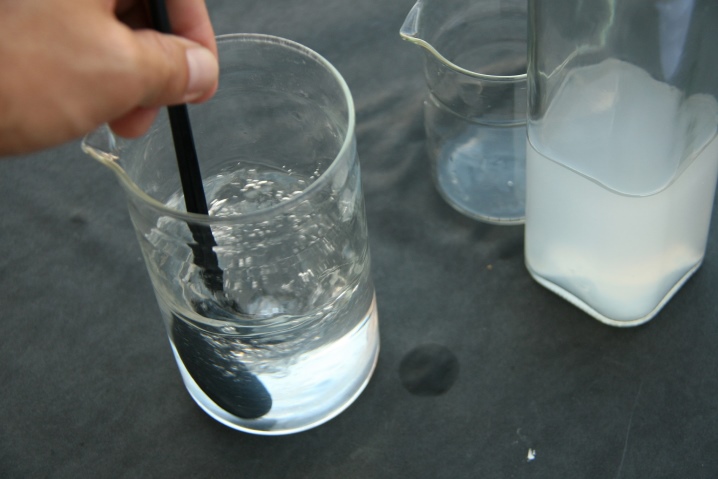
The rate of use of the mixture for irrigation is about 10 liters per 2 m2. Within about 7-8 days, the insect disappears from the beds. There are other folk remedies to combat this unpleasant pest.
Use of tobacco dust and ash
Many gardeners are wary of treating plants with tobacco dust in pest control - after all, nicotine. However, in the garden, this remedy is less dangerous than some expensive insecticides. The tool is used in several ways:
- bring into the ground;
- used in the form of decoctions and infusions;
- fumigate the beds.
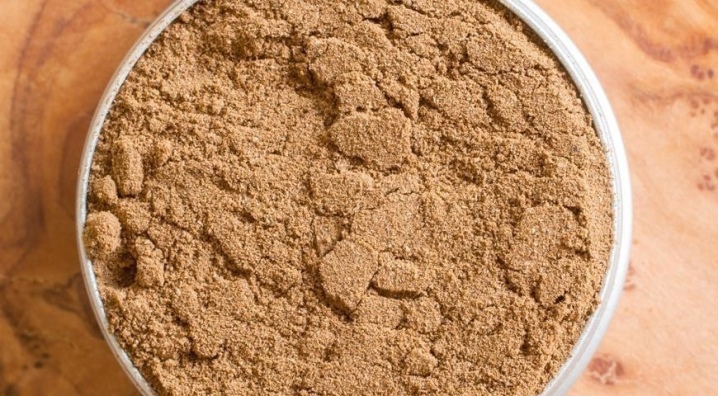
For example, tobacco dust from a fly by pollination:
- for a portion of tobacco dust, it takes about 50 g;
- add one bag of ground black pepper and 200 g of ash;
- the composition is mixed;
- Sprinkle the composition with a surface 10 cm in diameter around the stem of the plant twice a season and during the most dangerous periods, from April to July.
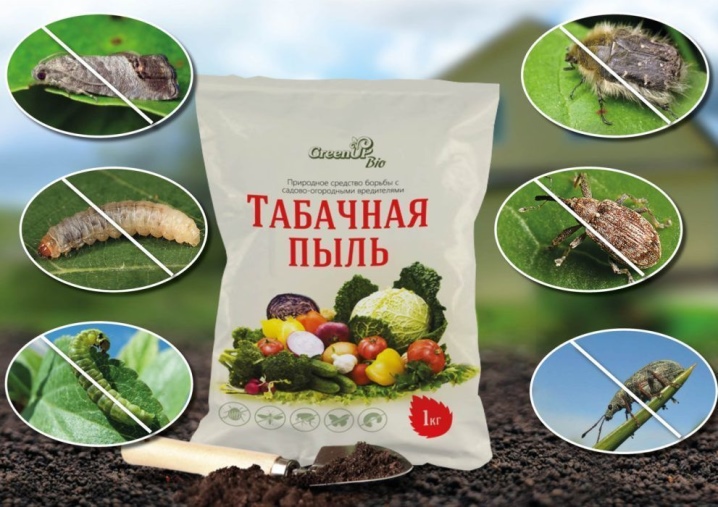
Ash is not only an excellent fertilizer, but also a productive substance in the fight against flies. It is prepared from dry weeds and branches, after the burning of which the ashes are diluted in 8-10 liters of water. To enhance the effect, a small amount of chicken droppings, manure or chopped tobacco leaves are added to the solution. Irrigation of soils with this solution will not only fertilize them, but also contribute to the elimination of the onion fly.
At the same time, it is recommended to scatter the ash (as a preventive measure) over the soil before sowing.

Using brine
Table salt is an effective protection against flies. Its use is productive, however, the soil accumulates it soon enough, which negatively affects the plants. Therefore, we recommend using the salt recipe in a single mode, according to the recipe - about 250 g per 10 liters of water. In this case, water the onions under the roots, and after 4 hours the beds should be watered with plain water. Do not repeat the procedure - the salt will burn out the landing space.
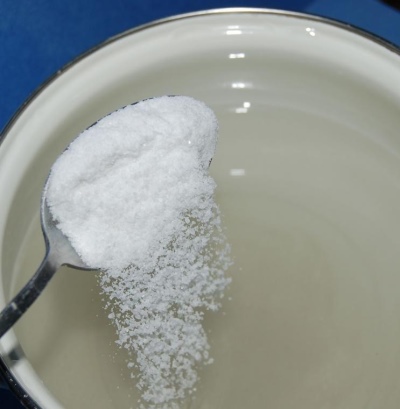
What else can you water or spray?
A fairly common way to get rid of an onion fly and its larvae is to use a solution of potassium permanganate, which the pest is afraid of. The method is used every two weeks, and the solution is prepared with medium saturation. The watering procedure is repeated the next day in order to completely save the plants from the remaining larvae. Manganese, while helping to combat the pest fly, has a positive effect on soil quality.
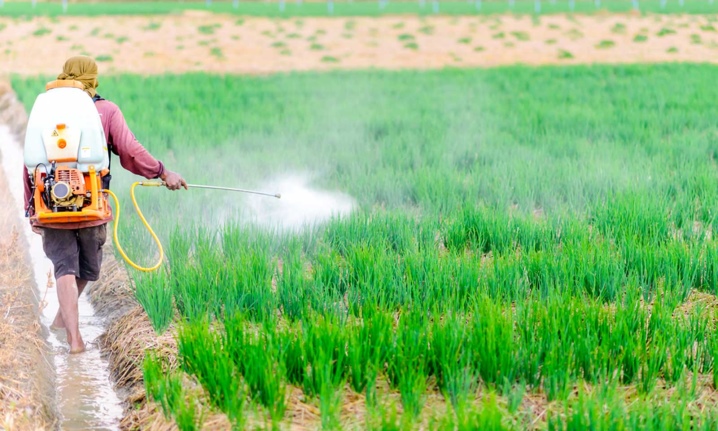
Freshly plucked wormwood - excellently repels a fly from a bulbous garden. A fragrant weed is laid out between the rows of onions, and as the wormwood twigs wilt, they are replaced with new ones. But often a special infusion is also prepared from wormwood - about 1.5 kg of twigs after grinding are poured with 9-10 liters of water and insisted for three days.Then the infused solution should be filtered and a bed of watering cans should be spilled with it. Use the method as a prophylaxis once every two weeks.
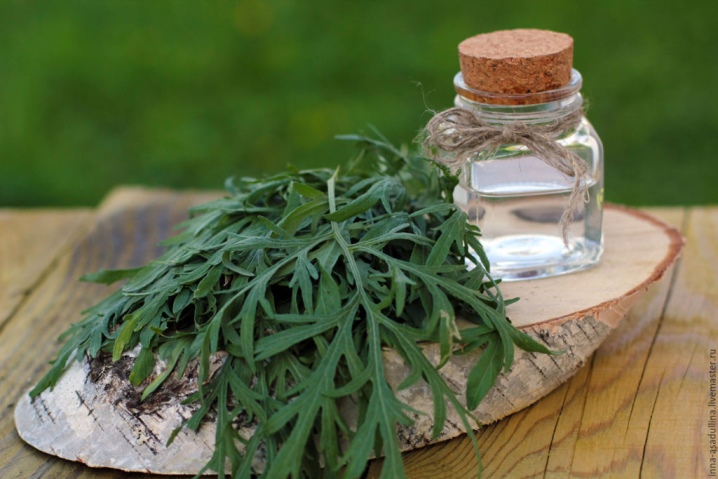
During the period of laying eggs, a mixture of sand and naphthalene in a ratio of 10: 1, which is sprinkled on the beds, is productive. During the summer, the procedure is applied 1-2 times. In the fight against a pest, a simple bar of laundry soap will not fail. Dissolve it in 8-10 liters of water, and then spray the beds with onions with soapy water.
Kerosene
The kerosene smell also repels the fly well. To prepare the mixture, take half a bucket of sand, into which 200 ml of kerosene is poured, and the contents are thoroughly mixed. It is better to prepare the mixture with special protective gloves. In the future, the onion aisles are sprinkled with the prepared agent once every 2 weeks. The result will not be long in coming. At the same time, the smells of kerosene do not transfer to the culture and do not threaten the heads.
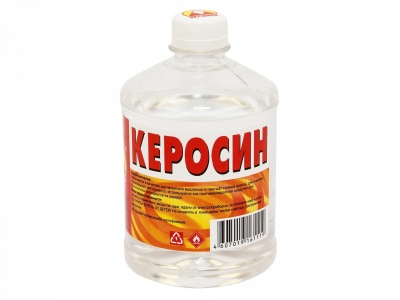
Tar solution
To prepare this product, dilute 1 tbsp. l. in 9-10 liters of water, and then add about 20 ml of liquid soap there, the resulting consistency is mixed. In this solution, it is prophylactically useful to withstand the sevka bulbs for 2-3 hours. Bulb beds are sprayed with the same solution during the growing season.

Naphthalene
This "fragrant" product successfully spoils not only the moth, but also the life of the onion fly. Now this tool, with its specific "aroma", is sold in retail outlets in the form of small balls, which is convenient when used at home. However, when using them in gardens, the products should be crushed. A small proportion of crushed naphthalene (8-10 crushed balls) is mixed with sand (about 5 liters), and the beds are poured with the mixture.
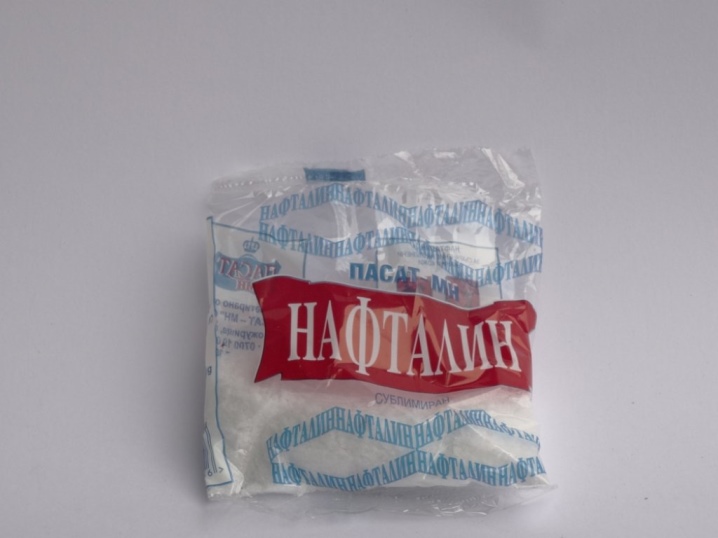
The procedure is useful in the summer, about once a week, during the flight and laying of eggs by the pest.
Pine needles
Fragrant pine litter, which is useful for mulching the beds, has also proven itself well next to onions. A greater effect can be achieved by watering the beds 1 time in 12 days with a fresh decoction of young pine needles, which deprives flies of the opportunity to lay eggs in a desired place for them. The soil, abundantly mulched with pine litter, is guaranteed to ensure the emergence of healthy seedlings. For its production, about 1/3 of the bucket is filled with finely chopped pine branches, and then water is poured, closed and infused for 4 days. Then the consistency is filtered and, after finishing the next watering, it is spilled between the rows with a fragrant coniferous drug.
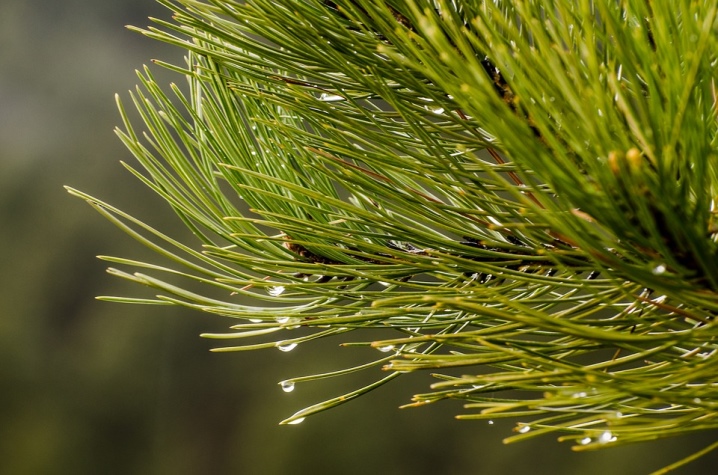
Carrot
An environmentally friendly and extremely productive method of countering the dominance of flies is the joint planting of bulbs and carrots in the beds, which drives away pests with their fragrant aroma. But this method has its drawbacks, since ten days before harvesting the bulbs, watering them must be stopped so that the heads can successfully reach in the dried soil. And carrots love moisture and will not tolerate such "onion care".
Therefore, the procedure for mixed planting of crops should be thought out so as not to harm both crops, but to get tangible benefits.
Marigold
The aroma of tagetes (marigolds) greatly disturbs the pest fly. For planting them in the beds, it is better to use their undersized varieties. Usually, tagetes are sown around onion beds, but even more significant success is achieved if marigold seeds are sown on transverse grooves in the garden, alternating them every 3-4 onion lines.
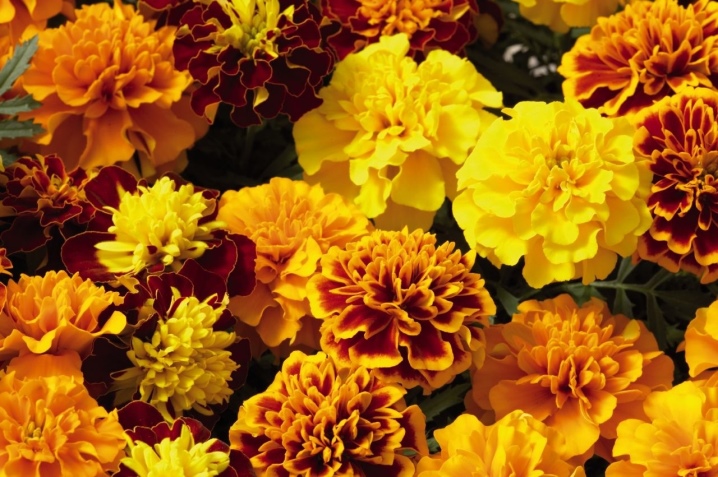
Prophylaxis
Preventive measures are aimed at creating conditions under which a harmful fly cannot not only fly in, but also multiply. To protect is to check. Therefore, the primary and, perhaps, the priority measure should be a thorough check of the quality of planting seeds. Planting should be of extremely high quality, without damaging the bulbs, avoiding the use of even minimally rotten seeds.
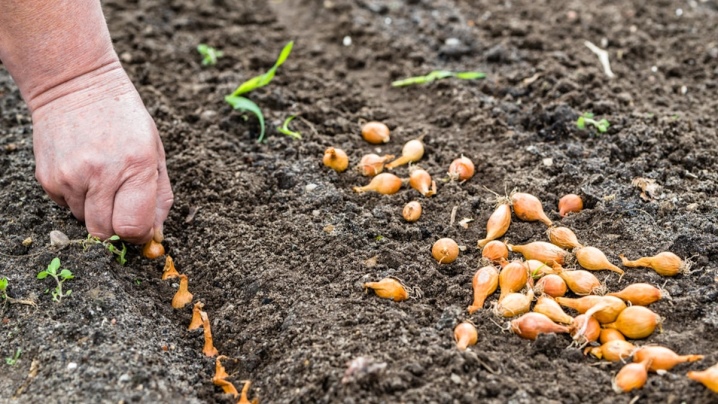
After checking the seed stock, it is subject to processing, for which there are two methods.
- Treatment of seeds in hot (up to 50 degrees) water, within 15 minutes. Then they are thoroughly dried, and then planting. Then they are simply dried and planted.
- The second method is treatment with potassium permanganate (1 g per liter of water). In the solution, the seeds are kept for about half an hour, and then they are dried and planted.
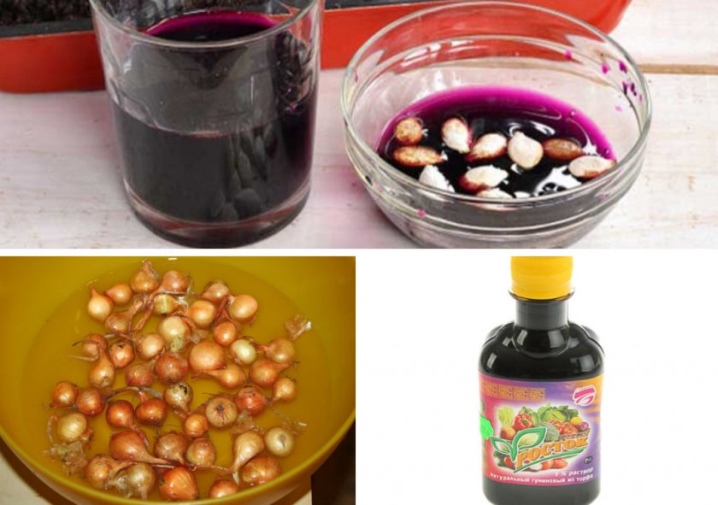
In the fall, you should deeply dig up the soil for future onion beds. Since in winter the parasite fly (its larvae) hide in the ground, the depth of their occurrence reaches 20 cm. But after the autumn digging, once on the surface, the larvae will freeze and die at the first frost.
Any pieces from the last harvest that the pest will use for reproduction should not be left on the ridges.
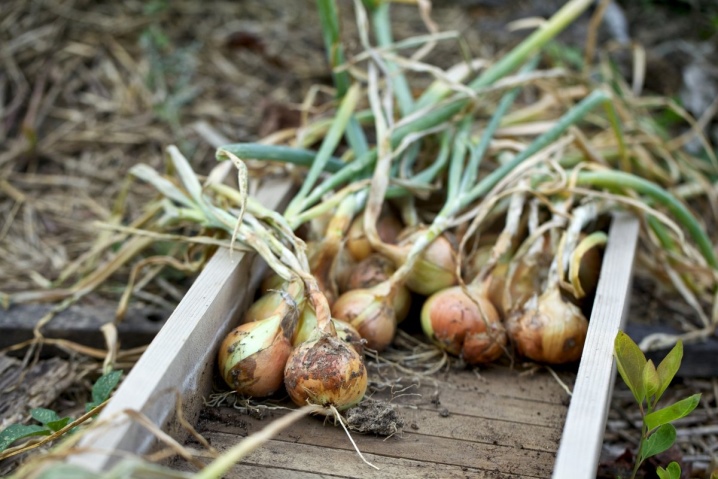
In the spring, some preparations are used to prevent the appearance of a harmful insect. Not bad, for example, "Bazudin", 30 grams of which must be mixed with 500 g of sand or sawdust, and the resulting mixture sprinkle the soil under the beds. Other drugs are produced that can protect the future harvest - "Mukhoed", "Teradox", "Diazinon", "Muravyin", and "Medvetoks" with "Dachnik" are also suitable. However, when growing onions for herbs, some means should not be used. Therefore, when choosing them, you must carefully study the instructions attached to the drugs.
How to process onions from an onion fly, see the video below.













The comment was sent successfully.